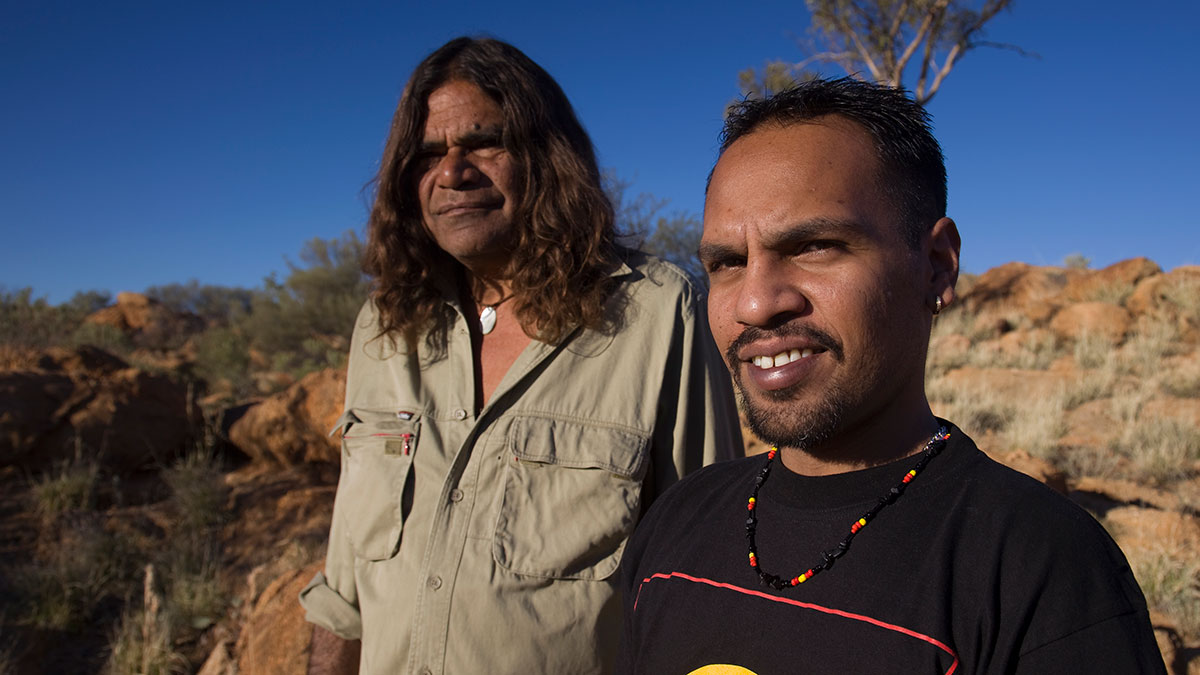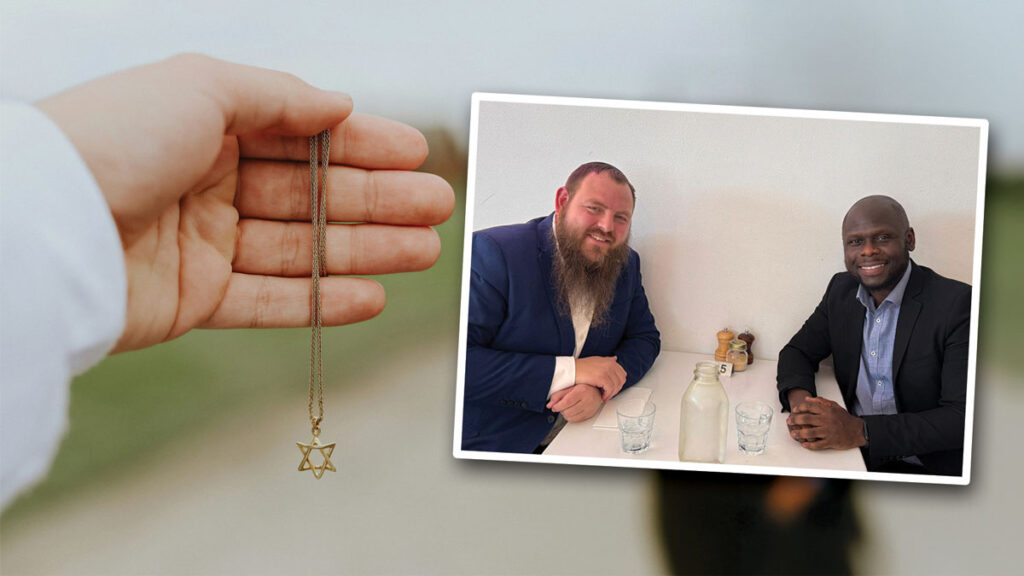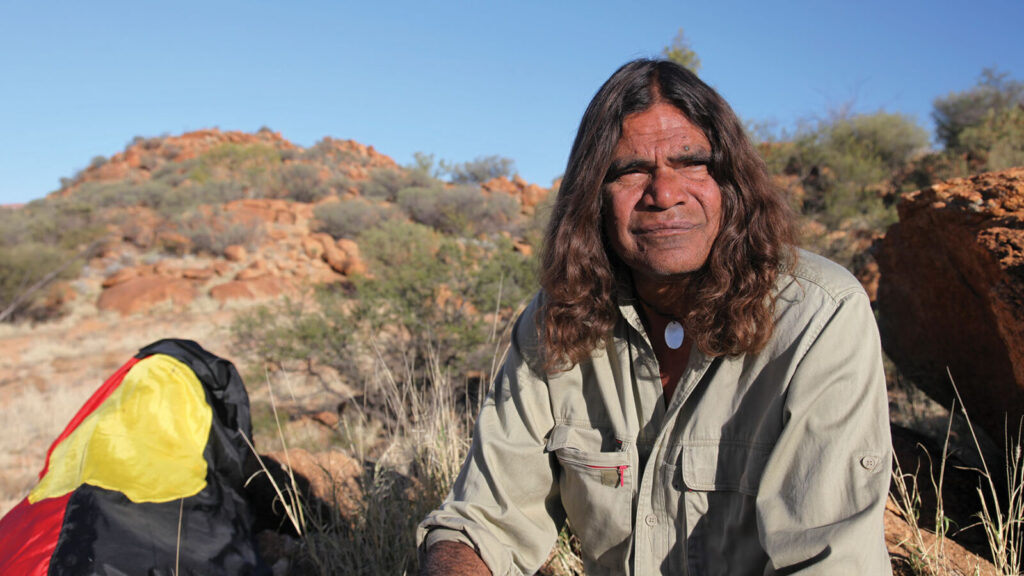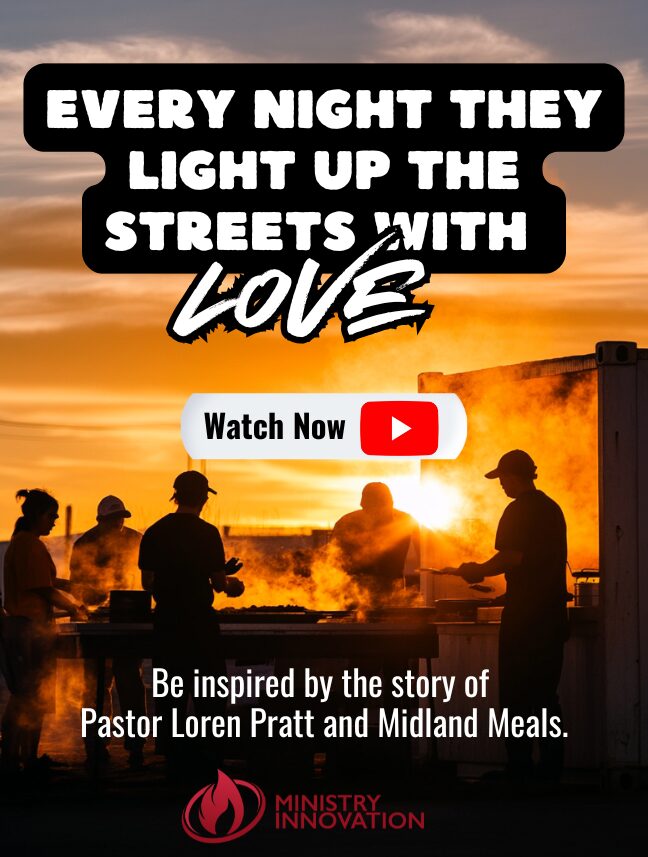(Aboriginal and Torres Strait Islander readers are warned photographs in this magazine may contain images of deceased persons which may cause sadness or distress.)
While 2020 has seen the world caught in the COVID-19 pandemic, another important global issue has risen to the fore—the pandemic of racism. On May 25, African-American man George Floyd was murdered by a white Minneapolis police officer. Mr Floyd’s death is one of several deaths recently at the hands of law enforcement officers. Within hours of the live video of his death going viral, the United States erupted in protests and the movement gained momentum on the international stage.
In major cities across Australia and New Zealand, protest rallies called for change, using the social media hashtag #BlackLivesMatter (BLM).
Why has the BLM cause so resonated with Indigenous Australians?
Here in Australia the injustice called out by the protests is something Aboriginal and Torres Strait Islander people are well acquainted with. Racism is real. It continues to plague our society. People are hurt by racism and when they see others going through racism, they join in and support, to bring the issue to the attention of a wider community audience.
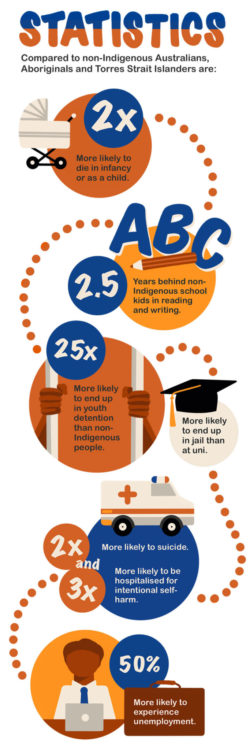 People feel it is time for change. Racial attitudes have caused discrimination against people for a very long time. Many countries, including those in our South Pacific Division, have histories embedded with racial inequality.
People feel it is time for change. Racial attitudes have caused discrimination against people for a very long time. Many countries, including those in our South Pacific Division, have histories embedded with racial inequality.
Racism is a global problem that needs to be highlighted on an international stage, so countries are compelled to make social and structural changes.
I could not bring myself to view the video of George Floyd’s last moments. The grief of injustice is so deep and traumatic. It is a reminder of the many Indigenous people who have died unjustly at the hands of correctional guards, police officers and the judicial system—those we call public servants. In Australia, since 1991, more than 430 Indigenous people have had their lives cut short while in the “care” of the judicial system. Each one of the cases represents families who have been impacted with a sense of no justice because no conviction has ever been made for their deaths.
It was in 1991 that the Aboriginal and Torres Strait Islander community’s demands for an official inquiry into deaths in custody were finally realised as a Royal Commission released its report. Since the Royal Commission many of its recommendations have not been followed and death rates have increased. So, with the BLM movement placing the worldwide spotlight on racial inequality, the Indigenous community has rallied together to call for action on the current situation in Australia.
How do you know if you are racist?
Many people do not understand racism.
A recent study revealed stark evidence: Three in four people hold an unconscious racial bias against Aboriginal and Torres Strait Islanders.1 The study covered a 10-year period and showed that most Australians hold an implicit bias against Indigenous Australians. Further, the findings found a link between racism and the impact on overall health and helped explain why Indigenous people continue to experience some of the poorest socioeconomic conditions and living standards in the country and the world.
Most only recognise racism as extreme behaviour against people of colour or of a different ethnicity—actions that the KKK or other white extremists would take—however it is much more insidious than that.
In a recent conversation, my neighbour said “I have grandchildren of colour; I don’t see colour” to qualify himself as a non-racist. He went on to say that “all lives matter” and that “everyone should just get on together”.
While this might sound like good counsel or evidence of a balanced view, it actually demonstrates the opposite. If you have family members of colour and you are not in tune with how they will be treated or disadvantaged simply because they have colour/pigment in their skin, how will you be able to support them and show empathy to them when they are faced with racism? To not “see colour” is to completely disregard people’s value and the richness that all people bring to the table. Having a meal and meaningful conversations with people of different ethnic backgrounds enriches us and adds value to our relationships.
If you genuinely did think or feel that “all lives matter”, then you would be outraged along with many others because all lives do matter; this includes black people. Instead, the phrase is used dismissively and proves that the speaker is not interested in seeing the value in oppressed lives. Finally, the phrase “everyone should just get along” is easy to say when you are not the target. I know from experience. I have tried to “just get along”. My first encounter with racism at 11 years of age taught me that this notion simply doesn’t work if you are the target.
I had transitioned to a new school and was enjoying the first term. I made lots of new friends and school was fun to attend. Then in the second term, two boys joined the school—twins. They were from another country where they had had racist attitudes built within family structures. They abused not only me but every other minority ethnic student in my class. All my white friends sided with them, adding further momentum to their racial slurs. The notion “just get along” works fine until intentional racism becomes unbearable and no matter what you do you are still a target. It wears you down until you respond with anger and force, and then you become “the angry kid that gets in trouble”. [pullquote]
The Australian definition of racism, according to the Macquarie Dictionary, is “the belief that human races have distinctive characteristics which determine their respective cultures, usually involving the idea that one’s own race is superior and has the right to rule or dominate others”.
Most people would not see themselves fitting into such a description. In light of the current movement, this issue with definition was brought to the attention of Merriam Webster’s Dictionary, which very recently altered their definition to state: “a doctrine or political program based on the assumption of racism and designed to execute its principles” and “a political or social system founded on racism”, which would cover systemic racism and oppression.2
As Seventh-day Adventist Christians, what can we do about racism in Australia?
The first thing is not to draw a line of separation of what is political and what is religious. Racism is a justice issue that affects our Church and community. Placing it in a political box prevents Christians having dialogue and seeking God’s counsel on how to apply biblical principles in the space. Taking it out of this box will help you to call it out when you hear it. Your awareness of racism will be heightened and you will become part of the solution to eradicating racism.
Secondly, know your history. Australia has a black history. It is a shared history with all Australians. Schools need to teach the truth about history; we need to know what really happened from both sides of the story. Learn about places and events where you live. Know who your local Aboriginal or Torres Strait Islander people groups are and how their story is connected to those places.
Listening and understanding a person’s story helps us to show empathy. Empathy is the ability to understand or feel what another person is experiencing from within their frame of reference, by putting yourself in their shoes.
Demonstrating empathy shows the other person we value them, their story and what they bring to the relationship. It doesn’t mean we agree with everything they share, but rather we listen, seeking to understand things from their perspective. This builds the relationship, rather than drawing lines of separation. This requires sitting and having genuine conversations with Indigenous people.
Fourth, take on the ministry of Jesus—reconciliation. Jesus has entrusted His followers with the ministry of reconciliation—to reconcile mankind to God and reconcile mankind to one another (2 Corinthians 5:19). Jesus taught by example. Rather than avoiding Samaria, He saw it as an opportunity to teach His disciples and to win people to Him. The story of the woman at the well (John 4) is about crossing lines of culture and misunderstanding for the disciples to learn the value of lost people and for the Samaritan woman to experience salvation.
Racism is real, it’s painful and it hurts people. We have more to gain and achieve if we understand the depth of racism and how it is embedded within our society, our structures and our institutions. Only then can we truly start building bridges that bring people together rather than walls that divide.
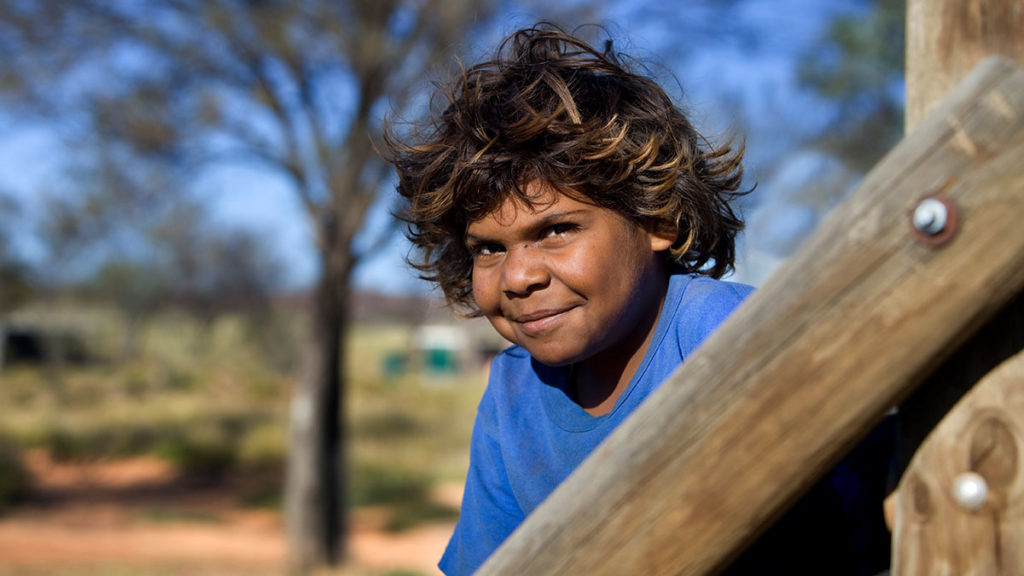
Pastor Darren Garlett is ATSIM director for the Australian Union Conference.

